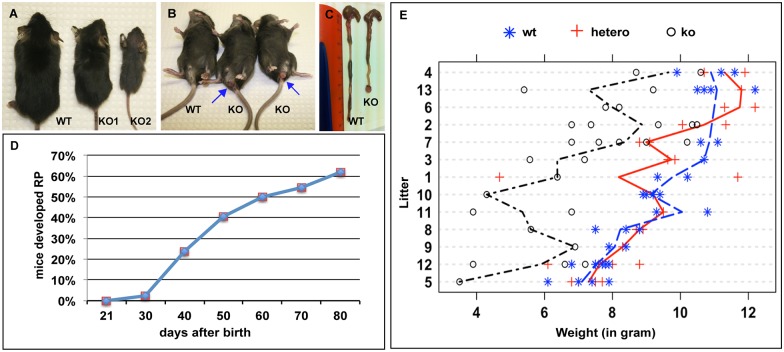Fig 2. The IEC-specific hnRNPI knockout mice have low body weight and develop rectal prolapse.
(A) Size difference between the knockout mice (KO) and their control littermate (WT) at the time of weaning. The knockout mouse labeled as KO2 weighted 50% less than the control mice and died within three days after weaning. (B) The knockout mice develop rectal prolapse (arrows). (C) Gross morphology of the colons from a knockout mouse and its control littermate. The mutant colon is short with prolapsed rectum. (D) Timeline of rectal prolapse development in the knockout mice within 80 days after their birth (n = 41). (E) Statistical analysis using R shows low body weights of the adult knockout mice when compared to those of their control littermates. Total 13 litters (100 mice) aged between day 20 to day 28 from the cross of hnRNPIflox/+; VillinCre/+ mice with the hnRNPIflox/flox mice were analyzed. “*”, “+”, and “o” in the graph indicate the genotype and weight of the individual mouse analyzed. The weight differences between ko and wt, or ko and hetero, are all statistical significant with p-values less than 0.001. The difference between the two control groups (hetero vs wt) is not significant. wt, wild-type, which includes hnRNPIflox/+ mice and hnRNPIflox/flox mice; hetero, heterozygote (hnRNPIflox/+; VillinCre/+); ko, knockout (hnRNPIflox/flox; VillinCre/+).

